Oh, just gaze at those. Merely looking at the photo makes my mouth water. These scones (or rich biscuits) are just the cat’s meow. The bestest. The most tender scones I’ve ever made, for sure. And they are just a pairing from heaven with some hot soup. Like cream of tomato? I made them to serve with one of my favorite recipes – Italian Sausage and Tomato Soup.
The recipe came from a recent cooking class with Phillis Carey. And as she explained at the class, it’s very unusual to see eggs IN scones. Used as a glaze on top, yes, but rarely do you see any recipe with eggs in the dough. These scones (biscuits) are going onto my favorites list, if that’s any indication how good they were (are).
These are incredibly easy to make. You combine the dry ingredients and lightly fluff them with a fork so the salt and baking soda don’t clump in one spot. Then you add the cold-cold butter that’s been cut into little cubes. I use a pastry fork, and then sometimes I dig in with my fingers, since that’s fairly easy to do. The trick to this is leaving some of the butter in tiny little shreds. But in this case, the eggs provide additional leavening to the batter too. This one has fresh herbs in it, but you can vary which ones you use – don’t like rosemary? – just use dill or thyme. The cheese also adds a nice taste to them.
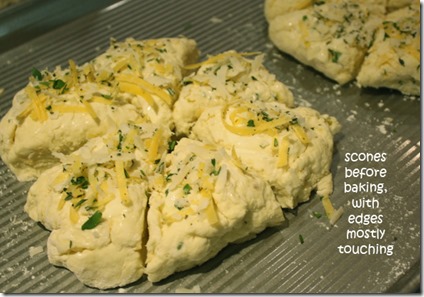 The dough makes a big chunk, so you cut it in half and shape each half into a circle, an inch thick. Don’t use any more hand-power than necessary – the less the better. I used a sharp knife to cut the scones into 6 wedges, then I carefully scrunched them back into the circle – barely touching. If you like all the edges to be more crisp, separate the wedges. If you want just 6 biscuits, halve the recipe below. When they’re shaped up and ready, use a pastry brush or silicone brush with some additional heavy cream to glaze the top, then sprinkle more herbs and cheese on top.
The dough makes a big chunk, so you cut it in half and shape each half into a circle, an inch thick. Don’t use any more hand-power than necessary – the less the better. I used a sharp knife to cut the scones into 6 wedges, then I carefully scrunched them back into the circle – barely touching. If you like all the edges to be more crisp, separate the wedges. If you want just 6 biscuits, halve the recipe below. When they’re shaped up and ready, use a pastry brush or silicone brush with some additional heavy cream to glaze the top, then sprinkle more herbs and cheese on top.
The end result is a very, very tender scone – almost like a light cake in texture. For years I’ve been making scones from a recipe I acquired back in the 1980s, and it’s been my go-to recipe – it’s also on my favorites list – Buttermilk Scones – and they’re just very different from these. The others are more like a biscuit, a southern biscuit, I suppose.
These are scrumptious with soup. I served them the other night, as I mentioned above, with another of Phillis’ recipes, the Italian Sausage, Tomato and Orzo Soup. We had 6 of us for dinner, and I had 4 scones left over – a few people took 2nds on both soup and scones. I wrapped each scone in plastic wrap and edged them into a freezer ziploc bag and they’ll be perfect for a later soup dinner.
What’s GOOD: oh gosh. Everything about them is good – texture, taste, tenderness, even the savory aspect (the cheese and herbs). They’re very light in texture, which I like a lot. You’ll not be sorry if you try them.
What’s NOT: nothing, other than they’re fairly high in calorie. If you serve them with soup, perhaps the meal balances out, right?
printer-friendly CutePDF
Files: MasterCook 5+ and MasterCook 14 (click link to open in MC)
* Exported from MasterCook *
Savory Herb Buttermilk Scones
Recipe By: Phillis Carey cooking class, December 2013
Serving Size: 12
1/2 cup Parmigiano-Reggiano cheese — grated
1/2 cup cheddar cheese — grated
2 teaspoons fresh rosemary — minced
2 teaspoons fresh thyme — minced
1 teaspoon Italian parsley — minced
SCONES:
2 1/2 cups all-purpose flour
1 tablespoon baking powder
1/2 teaspoon salt
1/2 cup unsalted butter — chilled, cut in tiny cubes
2 large eggs — beaten
1/2 cup buttermilk
1/2 cup heavy cream
Additional cream for brushing on the tops
Notes: this batch can be made into slightly smaller scones if you shape each half into a rectangle and use a square cutter – about 8 per half (2 across by 4 lengthwise) = 16 scones. The batch for 12 makes fairly large scones.
1. Preheat oven to 350°F. Line a baking sheet with parchment paper.
2. In a small bowl, stir together 1 T. Parmigiano-Reggiano cheese, 2 T. cheddar cheese and 1/2 tsp each rosemary, thyme and parsley. Set aside for sprinkling on top of the scones.
3. In a large bowl whisk together the flour, baking powder and salt. Scatter the butter over the top and cut into the flour mixture with a pastry blender or your fingers until the mixture resembles coarse crumbs. Quickly mix in the eggs, buttermilk and 1/2 cup cream. Quickly mix in remaining cheeses and herbs.
4. Turn dough onto a lightly floured work surface and divide dough in half. Pat each half into a circle about 1-inch thick (about 6 inches across). Cut each circle into 6 wedges and arrange, with edges mostly touching, on the prepared baking sheet. Brush the top of each scone with a little cream, then sprinkle on the reserved cheese and herb mixture. Bake for 20-25 minutes, until the bottoms are lightly golden. The tops of these will not show browning or even a golden color – look at the bottom to determine if they’re done. Serve immediately with butter. [When I baked these it took exactly 25 minutes.]
Per Serving: 248 Calories; 15g Fat (54.7% calories from fat); 7g Protein; 21g Carbohydrate; 1g Dietary Fiber; 78mg Cholesterol; 330mg Sodium.





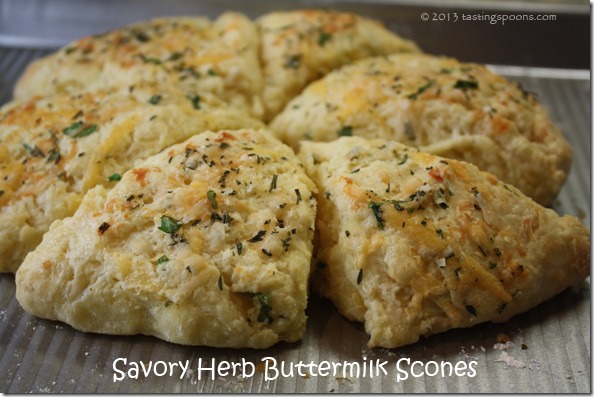

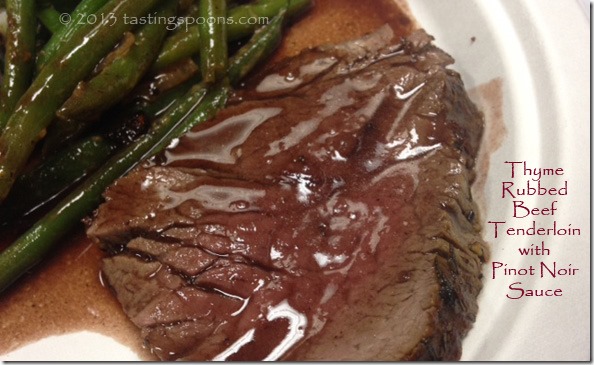
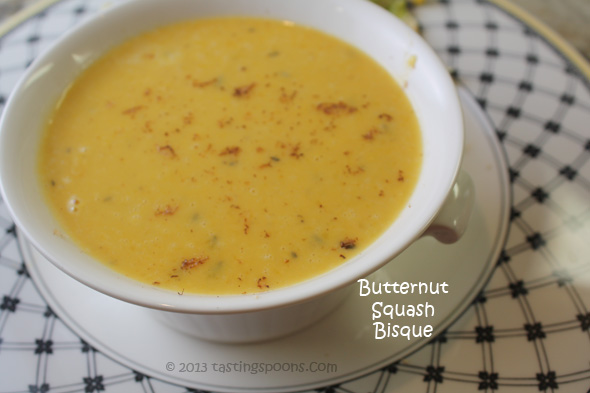
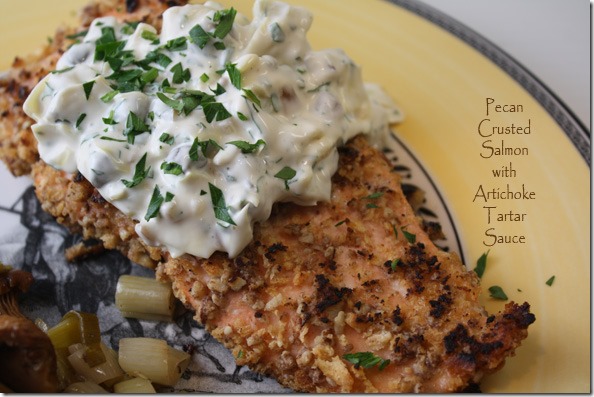

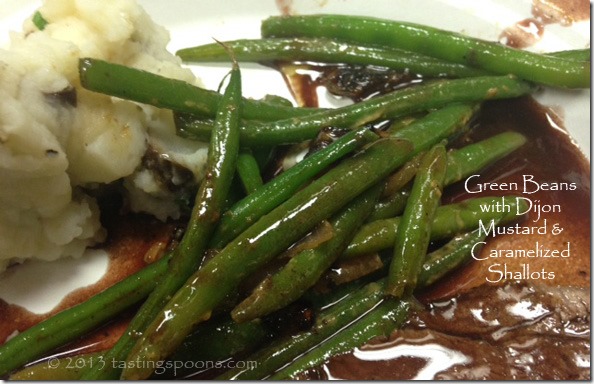
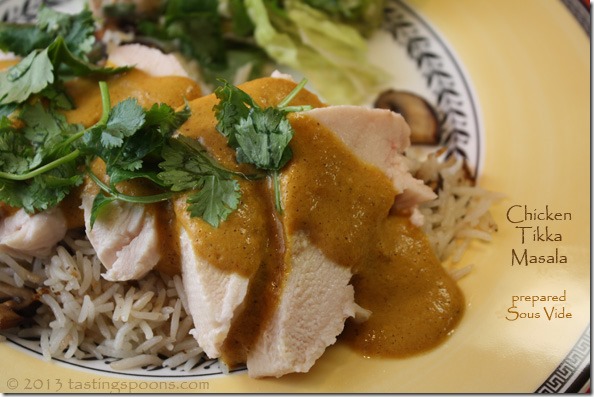
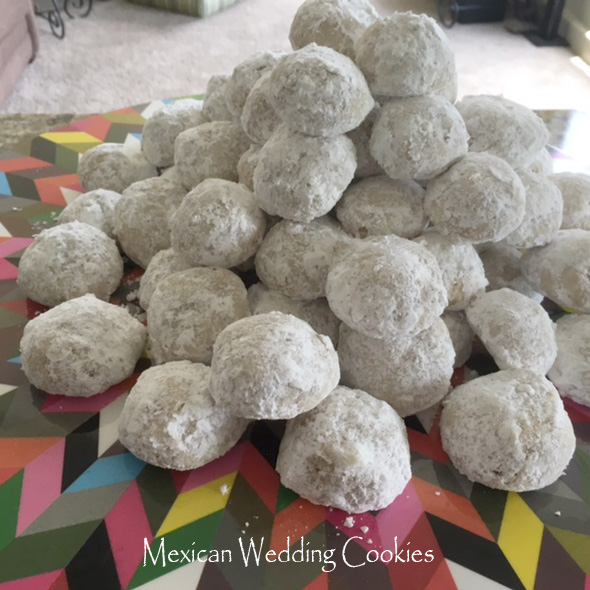
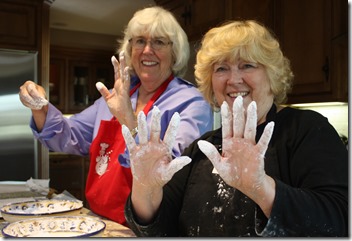
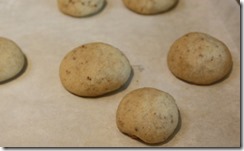
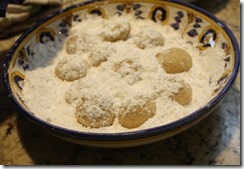
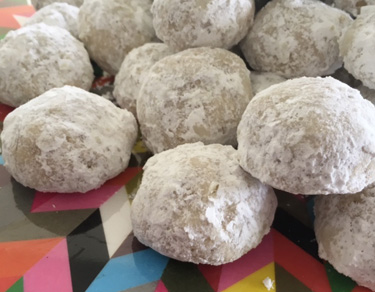
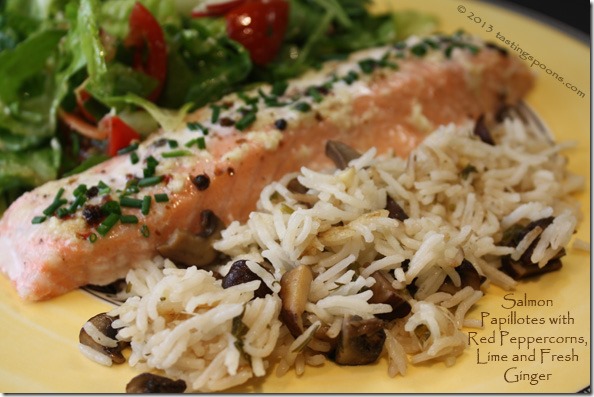
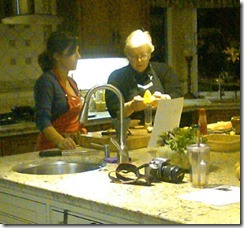
Leave a Comment!